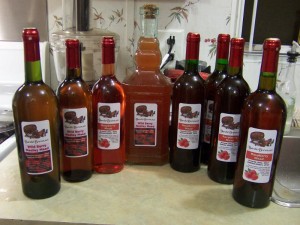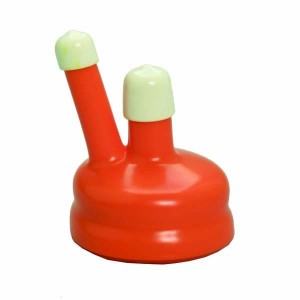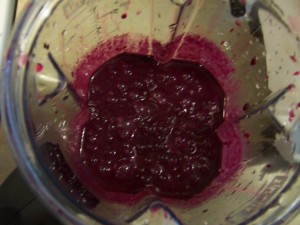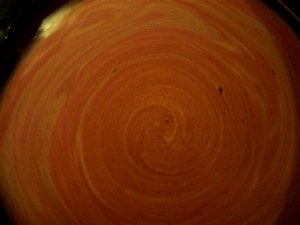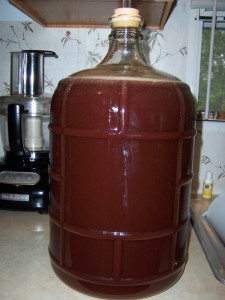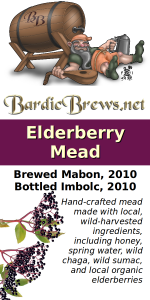A shaman friend of mine, who also has the most infectious laugh I know (I do not think this is a coincidence), swears by mugwort. I remember him bringing a huge, 6′ tall smudge stick he had made out of mugwort to a large gathering a few years back and speaking with great respect, almost awe, of its herbal properties. Indeed, that was one of the best gatherings I remember.
When I was visiting him one day, I mentioned that I was using herbs other than hops to brew with. He told me I had to try a mugwort brew, and he gave me a couple ounces of dried mugwort he’d harvested in the wild.
I was waiting for the right time to brew with it, because I wanted to treat it with the respect a directive from a shaman deserves. Tonight is Mabon, the fall equinox, and is very near a full moon. Seems like as good a time as any.
There are many interesting things about Artemisia vulgaris, or Mugwort:
- Mugwort is one of the nine herbs invoked in the pagan Anglo-Saxon Nine Herbs Charm, recorded in the 10th century in the Lacnunga.
- Much used in witchcraft, mugwort is said to be useful in inducing lucid dreaming and astral travel/astral projection. Consumption of the plant prior to sleeping is said to increase the intensity of dreams, the level of control, and to aid in the recall of dreams upon waking.
- Mugwort is called chornobylnik in Ukrainian, and has given its name to the abandoned city of Chernobyl.
- Mugwort has been used as a digestive aid and stimulant for ages.
I began by boiling 2 gallons of water, and I added about 2 ounces of the mugwort, continuing to simmer for about 15 minutes. I then turned off the heat, and added a sumac drupe. I stirred the infusion well, and let it sit for several hours until it cooled off to about 90 degrees. I did NOT use chaga in this mead, which is the first time in a while I have not done so.
From there, I used this tea as the base for my mead, using my standard mead recipe with 13 cups of honey (which somehow seemed appropriate). I’ve been wanting a bit drier meads as of late, and this should fit the bill.
Also, for the first time in a long time I took a hydrometer reading, and got 17% alcohol potential.
It has a rich, yellow-brown color:

Perhaps in a few months, I’ll be more active in dreamspace….
UPDATE: The autumnal equinox was about 90 minutes ago. The carboy spent the moment of the equinox (and still is) outside, bathing in the full moon light, the harvest moon.
UPDATE 12/12: Just racked it. This took a long time to ferment, probably because of the reduced temperatures. WOW! It’s delicious, a wonderful herbal mead. Potent, too. The final hydrometer reading is 3%, which means this mead is 14% alcohol.
As you can see, the mead is already somewhat clear:

Here’s the label for this batch:


